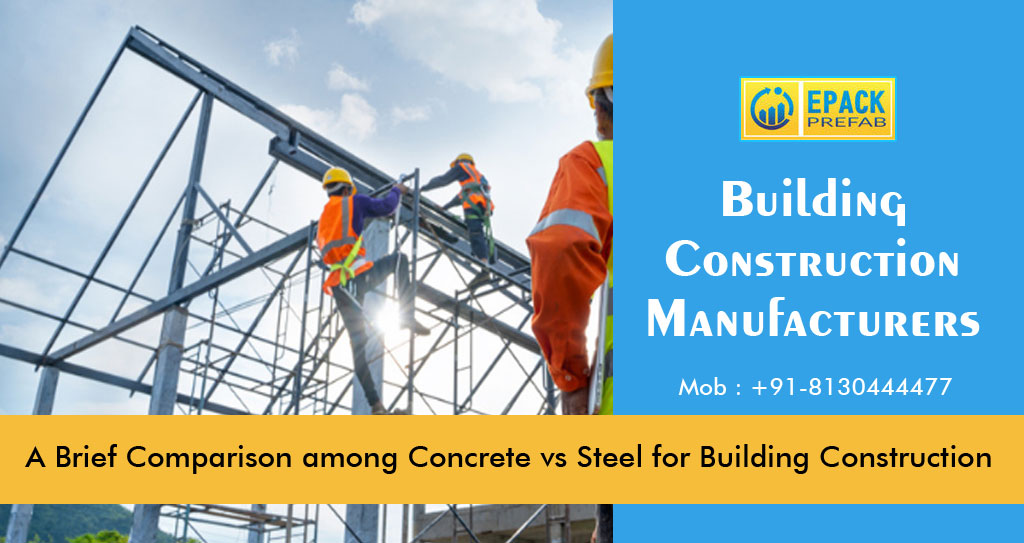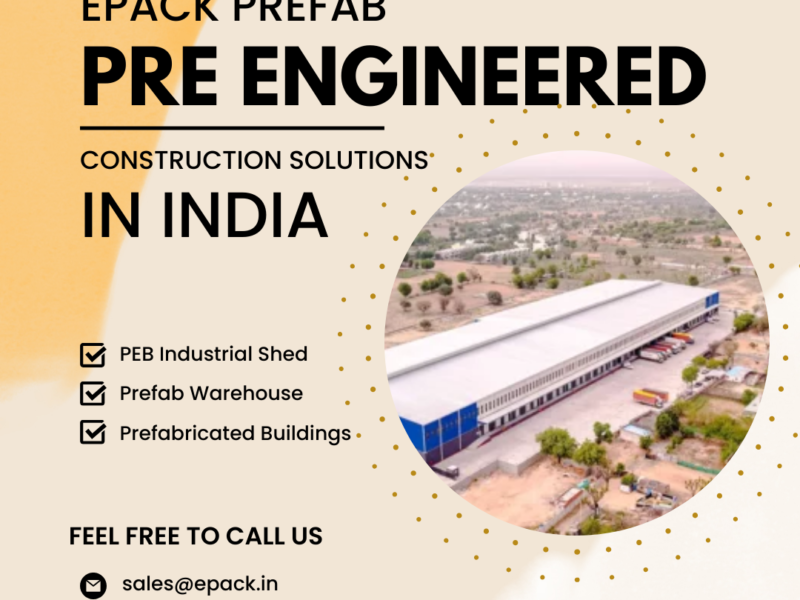Romans created the globe’s very first concrete mix in the third century BCE by integrating water, volcanic dust, aggregate, and also gypsum or lime. 2 centuries later on, concrete has made its rightful location as a reliable architectural building product.
On the other hand, Steel’s exploration as a building material isn’t rather as old-it had not been widely used in building and construction until the mid-19th century because of its difficult manufacturing procedure. In the 1850s, new methods accelerated steel manufacturing and it quickly gained fame as a solid and also sturdy structure product. Over the next 150 years, steel’s appeal has continued to expand, and currently, along with concrete, it’s one of one of the most commonly made use of architectural materials.
So, which of these materials is more suitable for your project?
If you are pondering whether to utilize concrete or steel as your task’s main building material, you have a number of variables to take into consideration. Both are similarly deserving structural materials. Concrete costs much more, however probably offers much better total performance. To comprehend which product matches your job better, you must know just how they contrast in stamina, resilience, fire resistance, sustainability, and also, of course, expense.
- Strength
Compressive strength is a product’s capacity to endure a crushing force. In a building, the compressive stamina of slabs, beam of lights, columns and also the structure enables these elements to stand up to the building’s vertical lots without enduring damages.
Tensile toughness is a product’s resistance to failing when extended. A light beam’s capacity to resist upright lots is an instance of tensile strength, as it quits its bottom from elongating and also fracturing when a tons is applied on top.
Shear failure is triggered by two unaligned pressures acting upon a structure in different instructions and generally occurs throughout a quake or as a result of solid winds. Shear stamina is a product’s ability to resist this sort of failure.
Concrete has exceptional compressive stamina, however is really weak, and cracks conveniently under tension. To counter this weak point, reinforcing bars constructed from a tension-resisting product are embedded right into it. These bars are commonly steel, although composite choices are also offered.
In enhanced concrete, the general toughness originates from the concrete’s compressive stamina as well as the tensile strength of steel rebars. Vertical bars running along the length of the architectural member are tied with much shorter, perpendicular bars called stirrups, these stirrups give the shear stamina.
Steel’s tensile strength is one of its best-selling functions, yet skillfully made steel structures provide equal general strength to that of their strengthened concrete equivalents. Sound structural layout is vital to achieving adequate compressive, tensile, and also shear strength in a steel framework.
- Longevity
Longevity is the level to which a material can weather its environments. Both strengthened concrete and also steel can last a very long time without weakening if they’re fine-tuned to their setups.
Correctly adjusted, reinforced concrete endures freeze-thaw cycles, chemicals, salt water, wetness, solar radiation, and abrasion. Due to the fact that it’s not natural, concrete does not struggle with vermin attacks. Much more significantly, it does not burn or melt.
But despite its high sturdiness, enhanced concrete hides a potential problem – the same corrosion-prone steel support that makes it more powerful. Rusting rebar sheds its bond with the surrounding concrete and develops iron oxide, which expands, leading to tensile stressesand eventual deterioration. Although concrete’s all-natural alkalinity reduces rebar corrosion, more protection may be required for reinforced concrete revealed to seawater or huge amounts of deicing salt. Epoxy-coated, stainless-steel, or composite rebar job well for this function.
Structural steel is as at risk to rust as rebar and additionally requires defense. Paint, powder finishing, sacrificial layers, as well as deterioration hindering chemicals are all techniques that can get rid of or limit corrosive damages to structural steel.
- Fire Resistance
Reinforced concrete’s structure makes it essentially inert and also therefore fireproof, while its reduced price of warm transfer protects against fire from spreading between spaces.
That said, both the concrete and the steel support can shed their toughness when subjected to heats for a very long time. Relying on the sort of aggregate used, concrete might begin to shed its compressive stamina at temperatures between 800 ° F and 1,200 ° F. Research studies reveal that light-weight concrete has the most effective resistance to fires thanks to its shielding residential properties as well as a poorer price of warm transfer.
Architectural steel is less resistant to fire than reinforced concrete. It starts to shed its strength at temperature levels over 550 ° F as well as keeps only 50% of its space temperature yield stamina at 1,100 ° F. A range of approaches can slow down the price of temperature increase in the structural steel components of a structure. These may include fire-resistive finishes, barriers, cooling systems, concrete covering, and also energetic procedures, such as lawn sprinklers.
- Sustainability
Both concrete and also steel use environmental benefits when utilized in building. About 85% of all steel made use of on the planet at some point obtains recycled. It just makes sense, provided the abundance of scrap steel as well as the very easy recycling process. Besides decreasing the need for newly mined resources, steel recycling eats only a 3rd of the power to that eaten throughout steel production.
Concrete additionally boasts a number of lasting functions. Most of it originates in family member proximity to the building and construction website, curtailing the amount of energy required for delivery. After demolition, it can be recycled to generate gravel, aggregate or paving materials for roadway construction, disintegration control, landscaping, nautical coral reef repair, as well as other jobs. Uncontaminated concrete may be become accumulation for new blends.
Recycling concrete has lots of environmental advantages. It maintains debris out of land fills, cuts down building waste, and replaces crushed rock as well as accumulations that would otherwise be mined as well as delivered.
- Expense
Enhanced concrete often tends to be a more expensive alternative to architectural steel. The labor as well as products associated with putting formwork and also rebar, putting concrete, and also guaranteeing that it cures effectively, can consist of a substantial chunk of the complete prices.
That claimed, concrete rates are reasonably steady. Given that 2000, rates for various concrete products have actually expanded progressively with the price of rising cost of living, and also this is a vital element to bear in mind when valuing jobs prepared for the distant future.
In spite of the greater price, concrete’s toughness, durability, and also fire resistance do not go undetected by insurance policy experts. Normally, insurer provide concrete frameworks greater safety rankings as well as reduced costs on their plans.
Steel is less costly than concrete as well as faster to put up, but comes with a longer lead time. Because of its lower fire resistance, insurance premiums for steel frameworks often tend to be greater.


